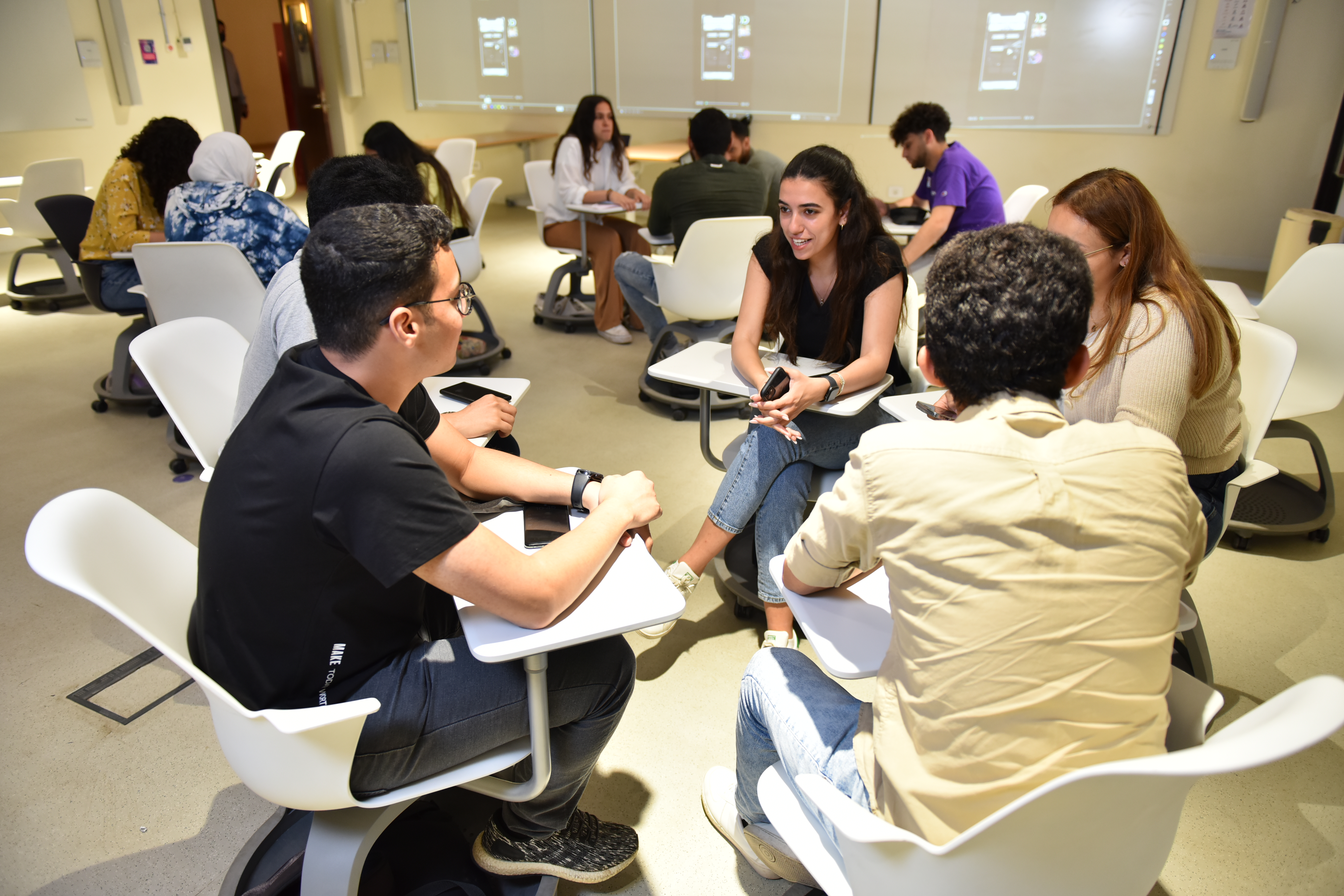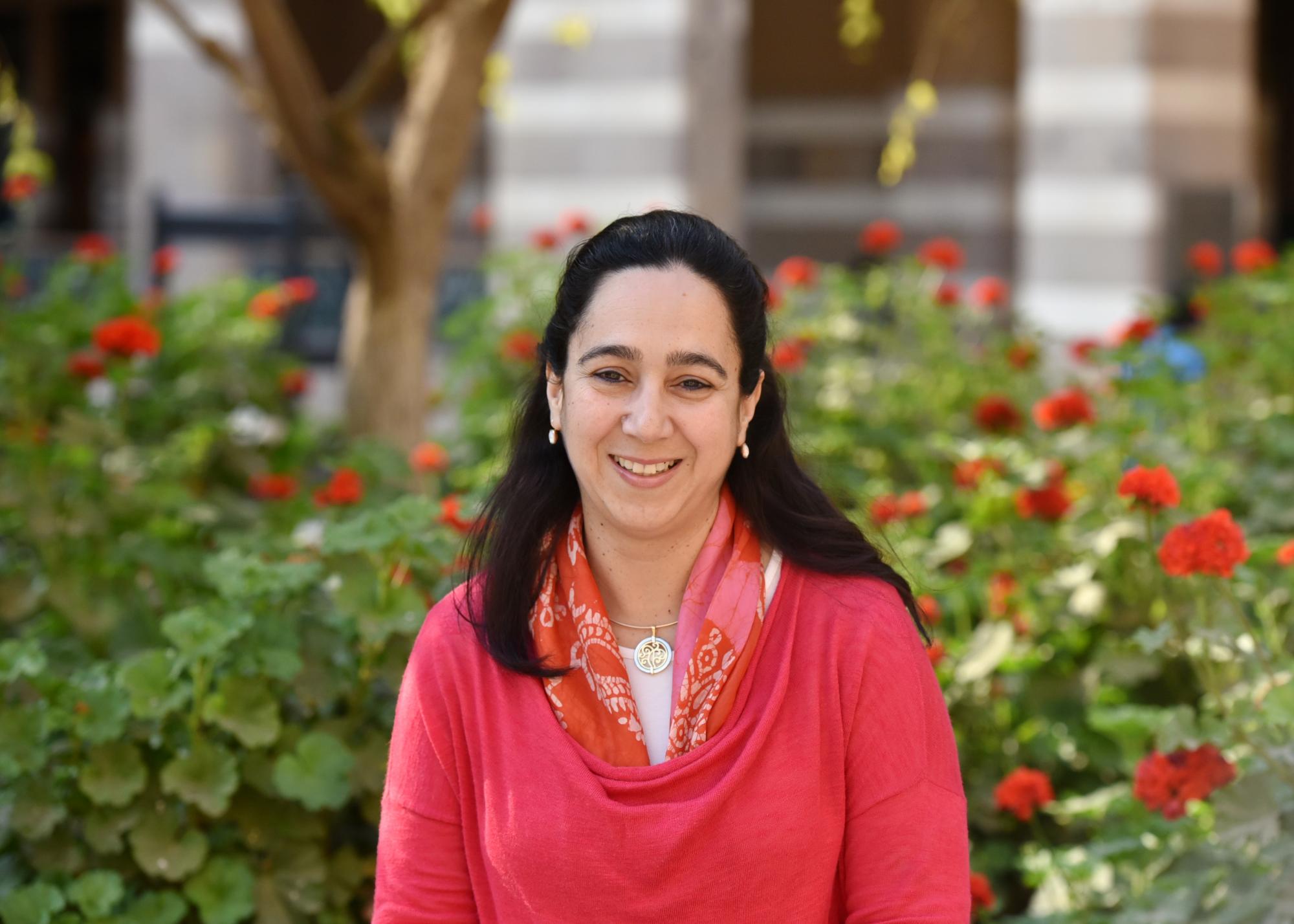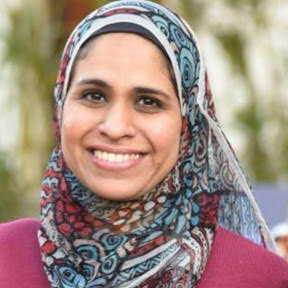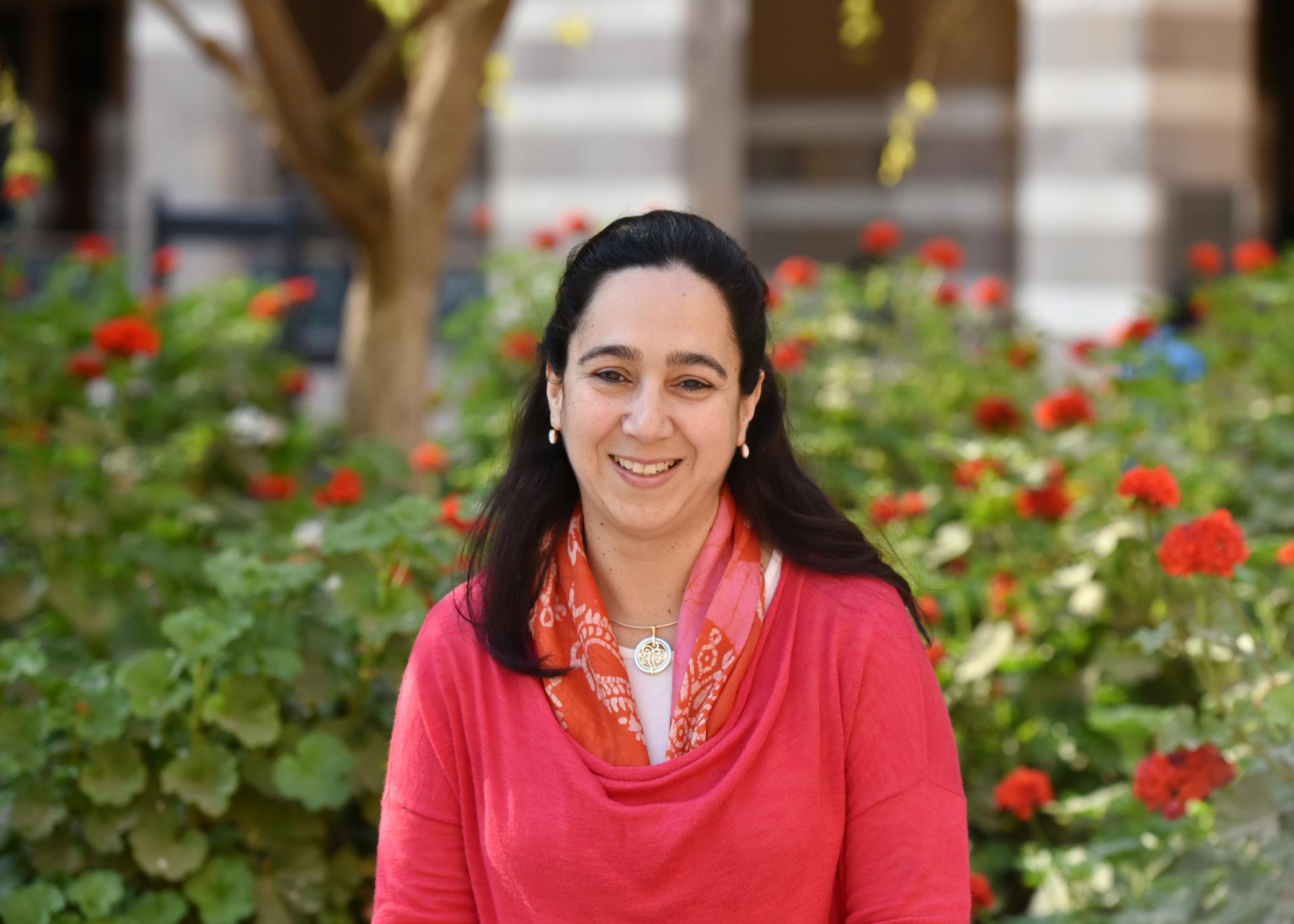This past summer marked a significant milestone in our commitment to academic excellence as the Center for Learning and Teaching partnered with the University of Virginia’s (UV) Center for Teaching Excellence (CTE) to bring their award-winning C3 Design program to AUC. The intensive course design institute brought together close to 30 AUC faculty members and CLT educational developers to fundamentally reimagine courses, stepping back from existing and familiar ways of thinking about course design to create a transformative syllabus around a learning experience rooted in backward design and learner-centered principles.
This page features these redesigned course syllabi from different disciplines and programs.
UV’s C3 Design program was designed by Michael S. Palmer, Director of UVA’s Center for Teaching Excellence, and the offering to AUC faculty was led by both Michael and Adriana Streifer, Associate Director, who guided AUC faculty through the C3 research-based approach to course design. This collaboration aligns with our institutional efforts to advance academic excellence and support quality of education initiatives, with an emphasis on multi-section courses that serve large numbers of students across our university.
A Framework for Meaningful Change
The institute ran throughout June 2025, involving six interactive sessions that combined synchronous online workshops with asynchronous modules and were followed by multiple consultations with CLT educational developers to refine and finalize syllabi by the end of August 2025. Faculty members committed to redesigning one course for delivery in Fall 2025 or Spring 2026, working intensively individually or in teams during the summer when they could dedicate focused attention to this work without the competing demands of the academic semester. By the end of the program, participants designed (or redesigned) course syllabi built on learner-centered, equitable, and inclusive design principles, and explored research-based teaching and learning principles to inform their future course design and pedagogical practices.
A New Experience for Faculty and CLT
Several key elements distinguished this institute and sparked meaningful conversations in how faculty approached course design. The emphasis on situational factors encouraged participants to step back from their existing learning outcomes and the content to be covered and start fresh, examining the contexts in which their students learn and the authentic challenges they face. This design approach freed faculty from incremental tweaking and opened space for a reconceptualization of their courses. CLT has been supporting faculty with course design for a long time now; this experience was different.
The concept of beautiful or enduring questions resonated strongly with participants, who discovered how to frame course content around questions that inspire intellectual curiosity and demonstrate the enduring value of their disciplines.
We posed the question: what do you want your students to remember about this course years in the future, how will it excite and invite them to learn? This shift transformed syllabi from documents listing topics and requirements to invitations for intellectual exploration. Faculty reimagined their course descriptions using student-centered approaches, motivation strategies and language that speaks directly to learners.
The institute introduced a simple tool (C3) for visual course alignment, particularly integration maps that allowed faculty to visualize how different components of their courses connect and which domains of learning they emphasize. These visual representations helped participants identify gaps in their coverage and recognize opportunities to address additional and often overlooked types of learning outcomes related to inclusion, care, and lifelong learning through Fink’s taxonomy. Some faculty found that this alignment made them reconsider assessments and activities they had traditionally included in their syllabi.
Overall, this experience invited faculty to truly rethink the value of the syllabus as an intentional guiding resource for learning, offering clarity to both teacher and student.
Assessment planning and alignment was also a big part of the learning experience, with participants learning to organize assessments into conceptual “buckets” that clarified the weight and purpose of different evaluation methods. The TILT framework (Transparency in Learning and Teaching) became a cornerstone of the redesigned syllabi, ensuring that each major assignment included clear articulation of its purpose, specific tasks, tips for success, and explicit criteria for evaluation. This transparency helps students understand not just what they need to do, but why it matters and how they can succeed.
Beyond the Minimum Viable Syllabus
Through collaborative reflection, participants developed clarity around what constitutes a “minimum viable syllabus” for the redesigned courses. These essential elements included student-centered course descriptions, “beautiful or enduring” questions that frame the course, redesigned or reconsidered learning outcomes that respond to contemporary needs (such as one Scientific Thinking course that now explicitly addresses quantitative reasoning and AI tools), integration maps showing course alignment, course calendars that make assignment timing transparent to students, and TILT principles applied to all major assignments and activities.
The institute also addressed practical concerns about syllabus length, acknowledging that comprehensive, student-centered syllabi naturally become more detailed. Faculty were able to come up with creative ideas for presenting and navigating their updated syllabus.
Beyond Individual Courses
The impact of this institute extends beyond the individual courses redesigned this summer. Faculty participants developed mindsets and skills that will influence their teaching practices across all their courses. The program fostered a community of practice around course design, with participants sharing insights and supporting one another’s work. One faculty member was even able to use her learning to support another colleague to redesign her course independent of the C3 program. The potential for faculty to teach others became obvious to us soon after the institute concluded.
We recognize that syllabus redesign represents an important starting point, though it doesn’t automatically ensure changes in actual teaching practices or guarantee alignment of all course elements. These remain ongoing areas for development and we plan to offer more focussed support through the new Teaching Effectiveness Framework pilot at CLT.
Looking ahead, we are exploring several initiatives to sustain and extend this work. We plan to create a syllabus gallery where faculty can share their redesigned courses with the AUC faculty community, providing models and inspiration for others. We are featuring C3 faculty participants in a symposium session this semester where they can present their work and reflect on their experiences. CLT has also developed guidance specifically for multi-section courses to help course coordinators maintain alignment while incorporating C3 principles.
Reflecting on Professional Development
This summer 22 faculty successfully redesigned 17 syllabi d as part of the C3 Course Design Institute experience.
When asked about the main modifications they made to their syllabi, faculty feedback centered around making the course description more student-centered, inclusive and engaging by carefully crafting their beautiful questions, modifying the syllabus tone overall to become more inviting and motivating, and also revising and tweaking the alignment between learning outcomes and course assessments. Quoting Yassmin El-Sayed (JRMC): “Instead of just listing what the course covers, I now focus on what students will explore, why it matters, and how it connects to real-world media and advertising. The new description is more friendly and inviting and clearly communicates the purpose and value of the course in a way that motivates my students.”
Alessandro Topa (PHIL) described his approach to redesign as follows: “I have built up the course in a way that it focuses on and leads to critical thinking through the goals reflexivity, “attentionality”, intellectual virtuosity which I take to be necessary conditions of critical thinking. The 12th objectives related to these 4 goals gave me a very clear understanding of how my course is factually progressing and how to improve this narrative it already has embedded in it.”
Faculty engagement and commitment to redesigning their syllabi through this initiative confirms their need for and interest in ongoing opportunities for professional development and support for different aspects of their teaching.
Faculty Testimonials
“Great experience, one of the most useful courses I have ever had, helped me to better understand many aspects of teaching and ending by designing a very informative syllabus”.
Wael Mamdouh (CHEM)
“Discovering a plethora of teaching methods, delivery ways and imagining new content”. Brenda Segone (ARTS)
“Designing the course syllabus is a time-consuming and a very fruitful process”. Anonymous
“The institute helped me rethink my course with more clarity and purpose. I appreciated the focus on student-centered design, alignment between goals and assessments, and the practical tools shared. The facilitators were supportive, and the group discussions were insightful and motivating”. Yassmin El- Sayed (JRMC)
“These collaborative opportunities allowed for meaningful exchanges of ideas and practical insights. The diversity of topics covered further enriched the experience, helping me prioritize key elements and refine my approach to structuring an effective course curriculum. Overall, the institute successfully combined theoretical knowledge with hands-on engagement, making it a rewarding and productive learning experience”.Tamir ElKhouly (ARCH)
“I have the highest appreciation for the analytical work that has flown into this approach to course design”. A. Topa (PHIL)
This is an important and exciting step toward building institutional capacity for innovative course design and rethinking our courses from a design perspective. It stems from the 2023 work of the Task Force on Quality of Education at AUC. The Center for Learning and Teaching remains committed to supporting faculty in creating learning experiences that inspire intellectual curiosity and foster motivation and meaningful learning in every classroom. Stay tuned for next summer!
If you want to a consultation on course design you can request a consultation here




